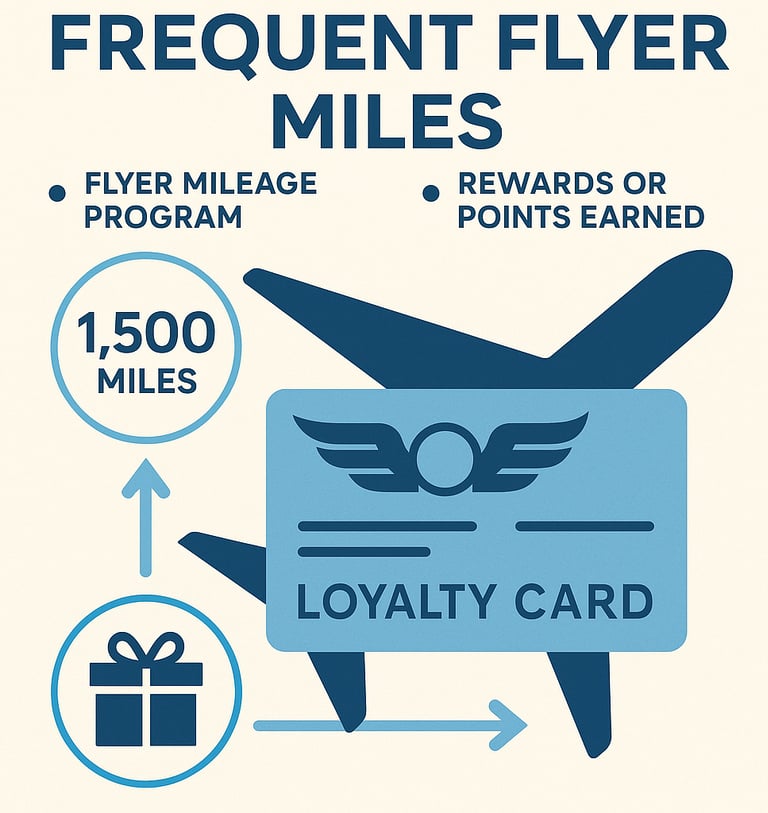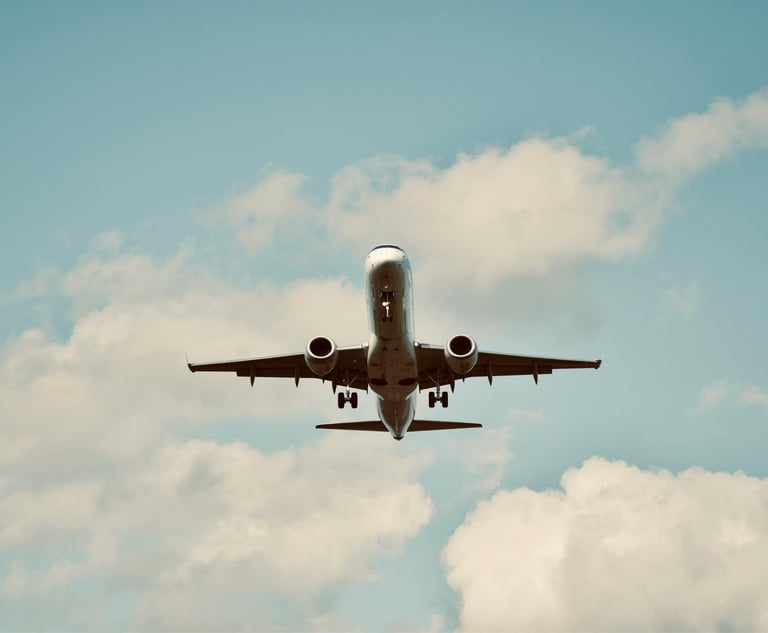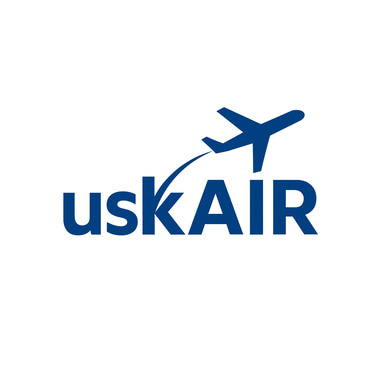Understanding Airline Frequent Flyer Miles: A Smart Traveler’s Guide
If you’re a frequent traveler—or even if you fly just once or twice a year—you’ve probably heard of frequent flyer miles. But what exactly are they, how do they work, and how can you get the most value out of them? This guide will help you unlock the secrets behind airline mileage programs.
What Are Frequent Flyer Miles?
Frequent flyer miles are reward points given by airlines to passengers based on the distance flown, the ticket price, or even spending on partner services like hotels, credit cards, and car rentals. They can later be redeemed for free flights, upgrades, or other travel perks.
How Do Airlines Calculate Miles?
Airlines usually award miles in two ways:
Distance-Based – You earn miles equal to the distance you fly (e.g., a 1,000-mile flight gives you ~1,000 miles).
Revenue-Based – Many modern airlines now calculate miles based on how much money you spend, not just distance.
Tip: Check your airline’s policy—some still use distance, others focus purely on ticket price.
Why Do Miles Expire?
Most airlines set an expiration period (12–36 months) if your account has no activity. However, simple actions like credit card spending, hotel bookings, or partner shopping can reset the timer and keep your miles active.
Ways to Earn Miles Beyond Flying
Airline Credit Cards: Earn miles on everyday purchases.
Hotel & Car Rental Partners: Collect miles when booking with airline partners.
Shopping Portals: Many airlines have online shops where every purchase earns you bonus miles.
Dining Programs: Eating at partner restaurants can also build up your balance.
Best Uses of Miles
Award Flights – The classic redemption: book flights for free or at a reduced cost.
Upgrades – Use miles to upgrade from economy to business or even first class.
Hotel Stays & Car Rentals – Many airlines let you convert miles into partner services.
Merchandise & Gift Cards – Not the best value, but an option if you don’t plan to fly soon.
Tips to Maximize Your Mileage
Join Multiple Programs: Especially if you travel with different airlines.
Stick to Airline Alliances: Miles earned on one airline often work across their partner network (e.g., Star Alliance, Oneworld, SkyTeam).
Watch for Promotions: Airlines often run bonus mileage campaigns.
Plan Ahead: Award seats are limited, so book early for popular routes.
How to join Multiple Programs
It’s always a smart move to sign up for more than one frequent flyer program—especially if you often fly with different airlines. Here’s why:
Different Airlines, Different Rewards – Not all airlines belong to the same alliance. By joining multiple programs, you ensure that every mile you fly (even with smaller or regional airlines) turns into points somewhere.
Flexibility in Redemption – Some programs may have blackout dates, limited seats, or higher redemption costs. If you’re enrolled in multiple programs, you’ll have alternatives when booking award tickets.
Alliances and Partnerships – Even if you fly one airline occasionally, being part of its loyalty program allows you to still earn and redeem miles across its global alliance partners (like Star Alliance, SkyTeam, or Oneworld). Having multiple accounts gives you broader coverage.
Promotions and Bonuses – Airlines regularly offer targeted promotions (double miles, seasonal bonuses, etc.). By joining several programs, you can take advantage of more of these opportunities.
Backup for Expiry Risks – If your miles in one program are close to expiring, having balances in other programs ensures you won’t lose all your hard-earned rewards at once.
Tip; Even if you don’t fly a certain airline often, signing up is usually free. You never know when you might take a one-off flight that could earn you useful miles in the future.
Frequent flyer miles aren’t just for business travelers. With a little planning, even casual flyers can enjoy free trips, upgrades, and exclusive perks. Think of miles as a currency—one that grows when you fly smart, spend smart, and stay loyal.




